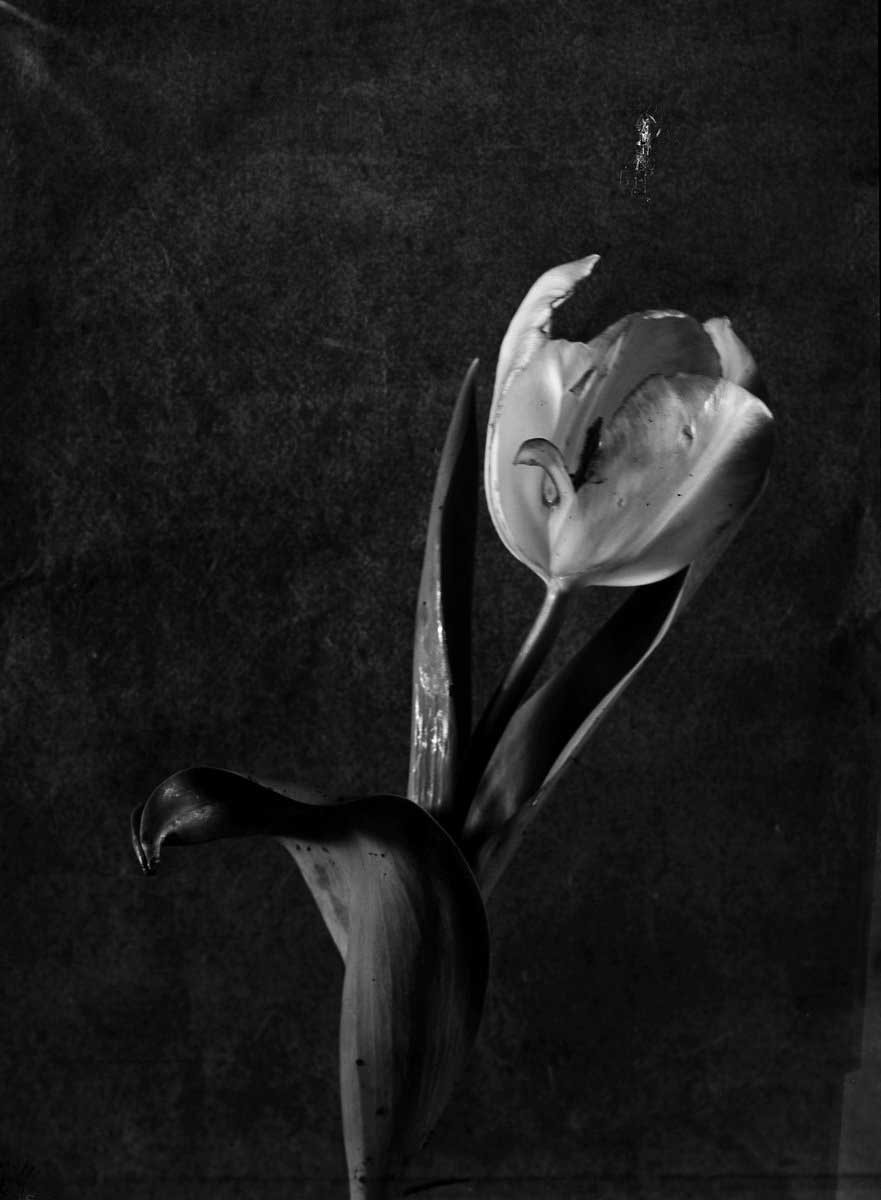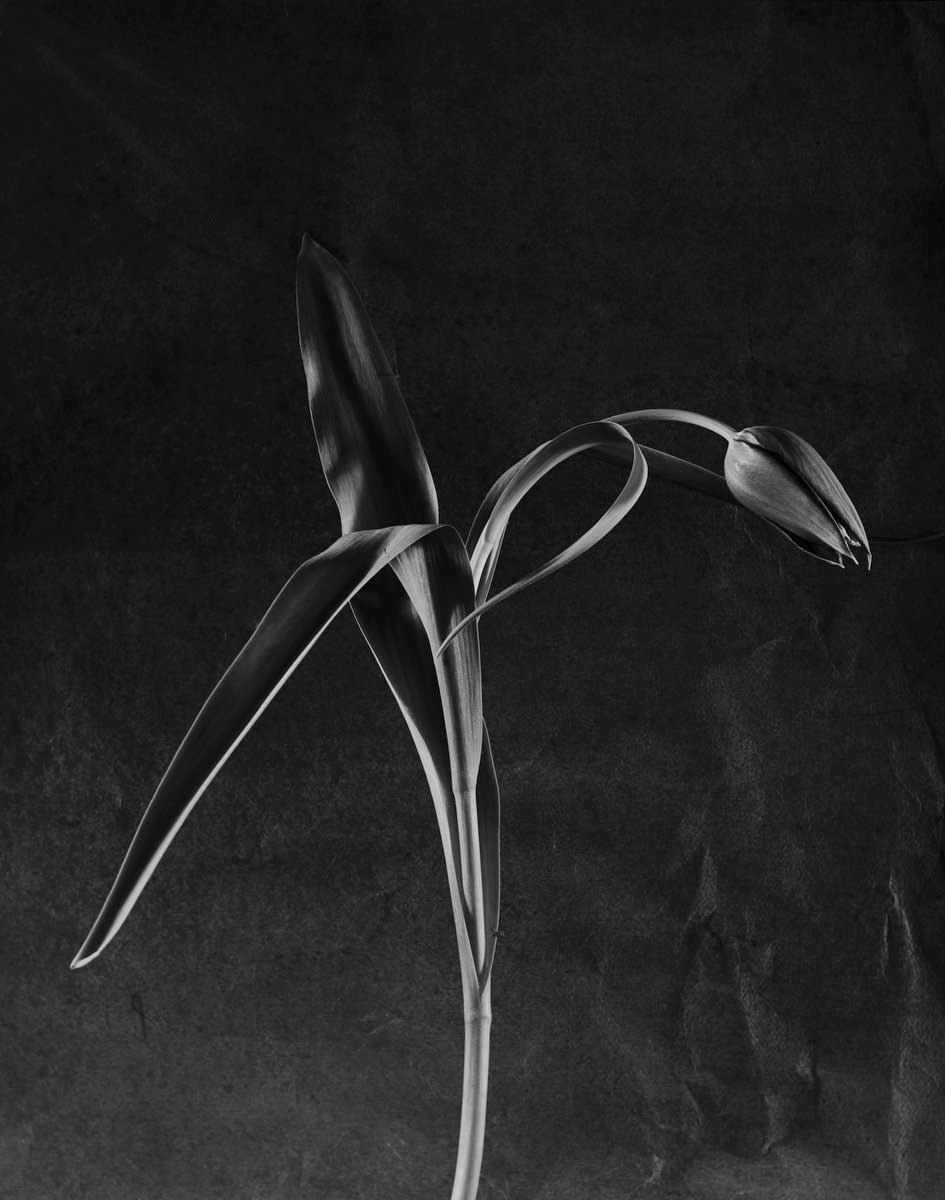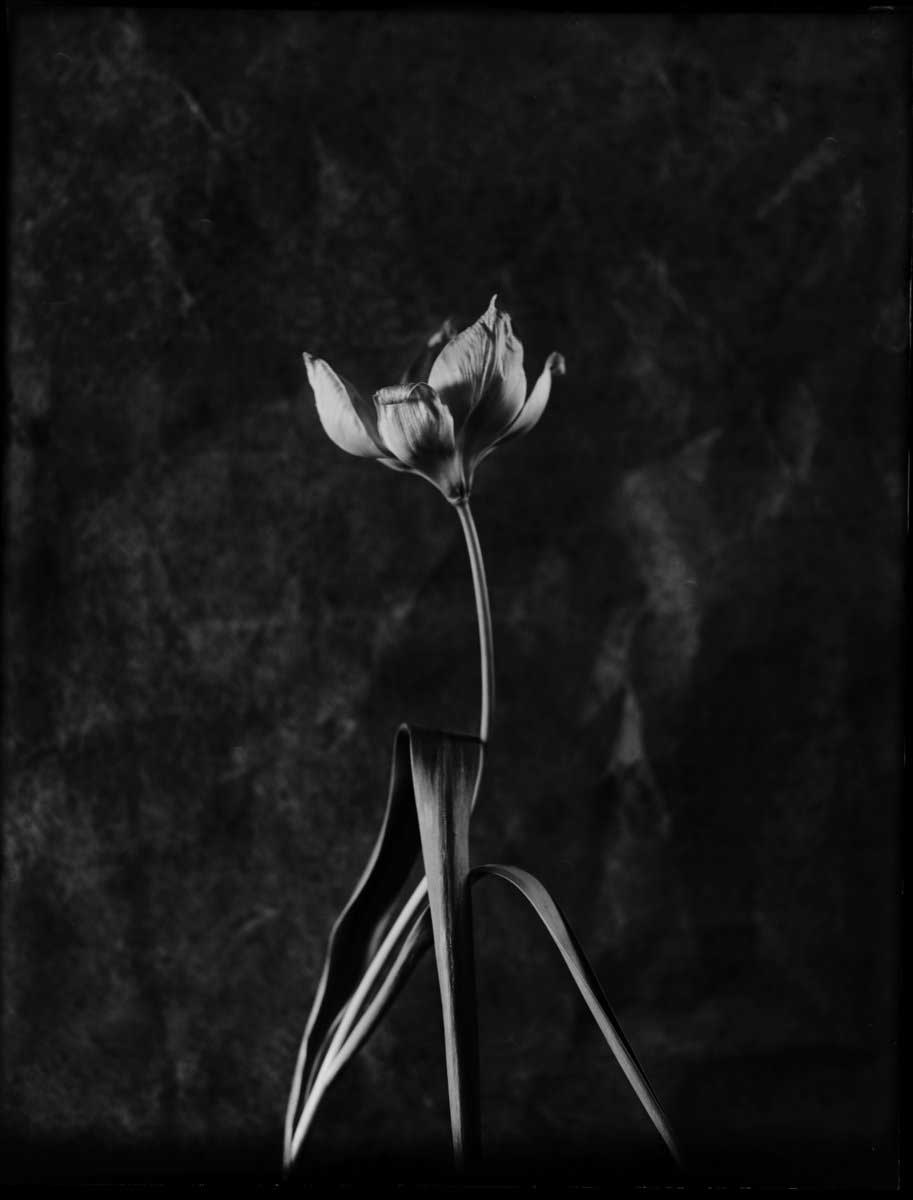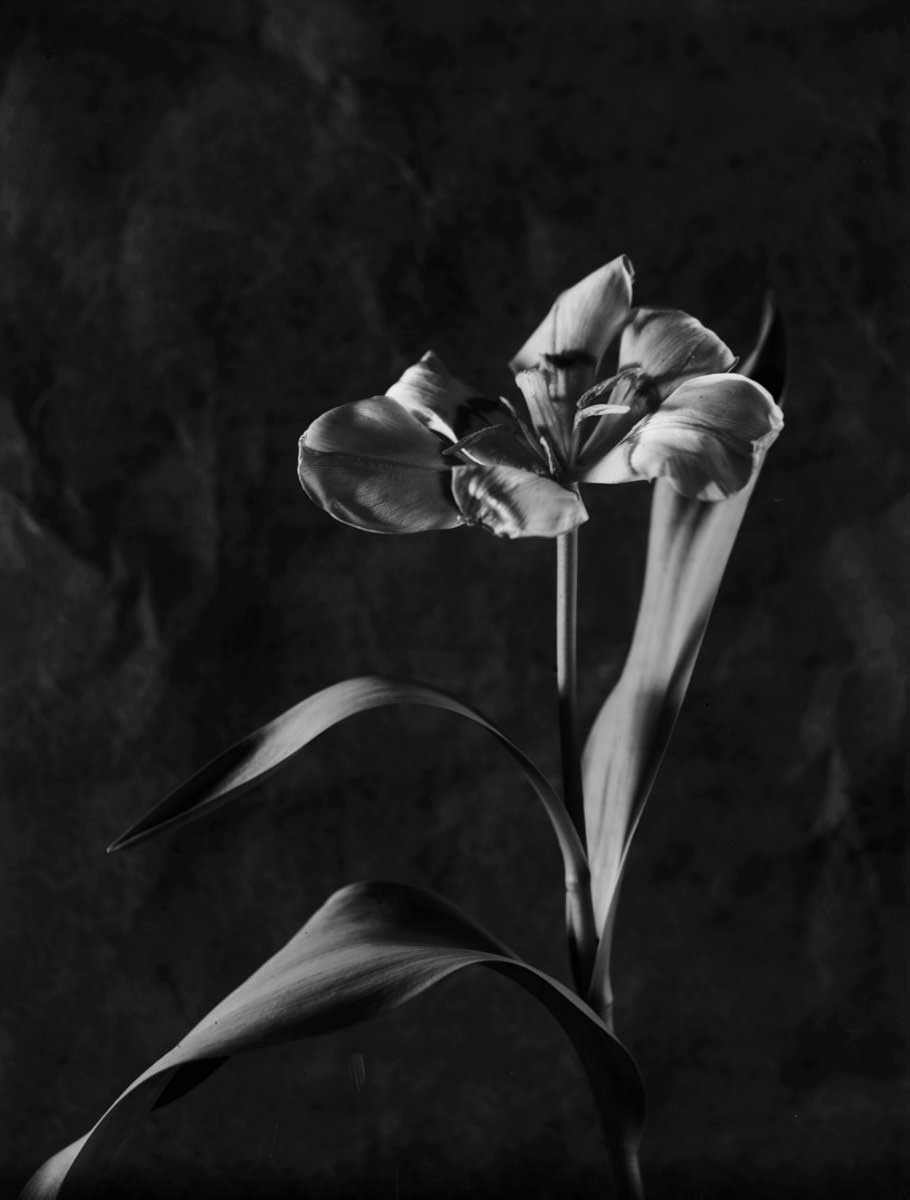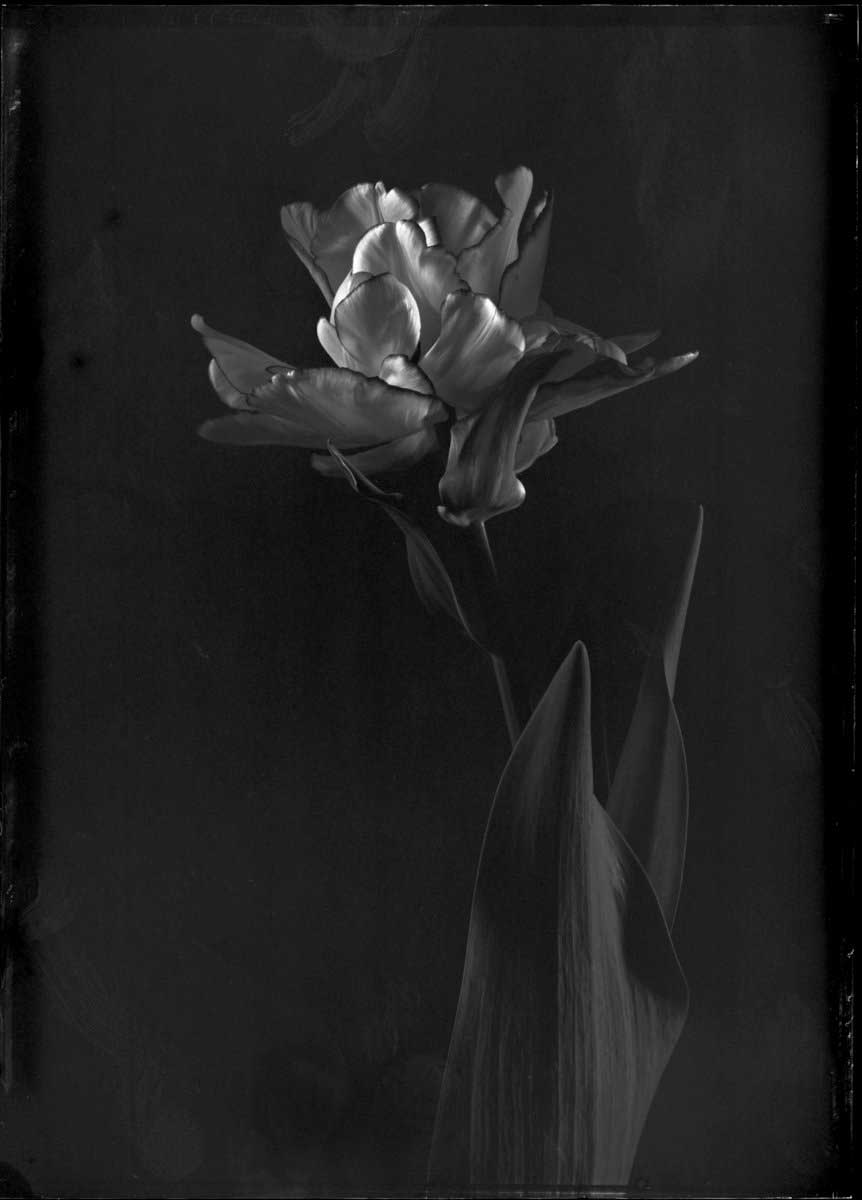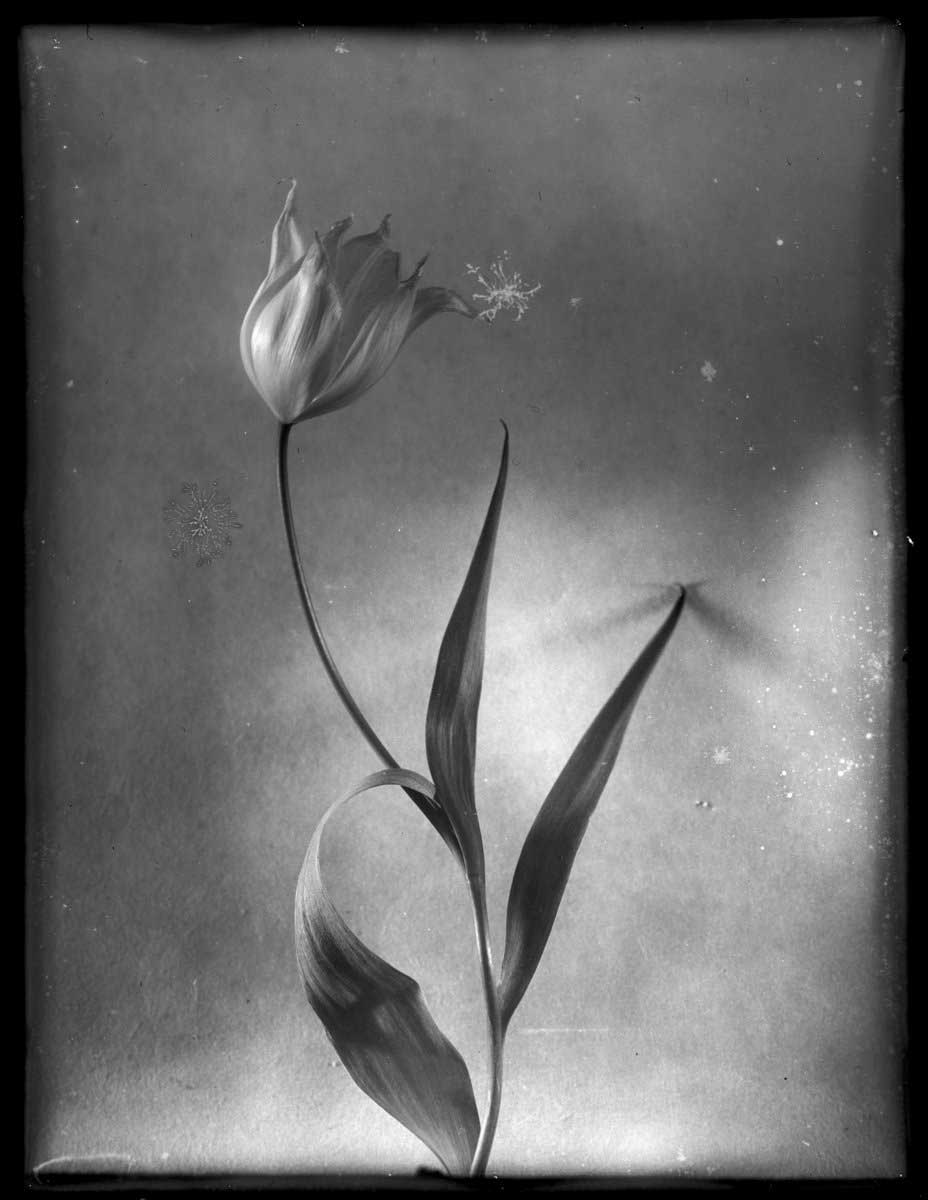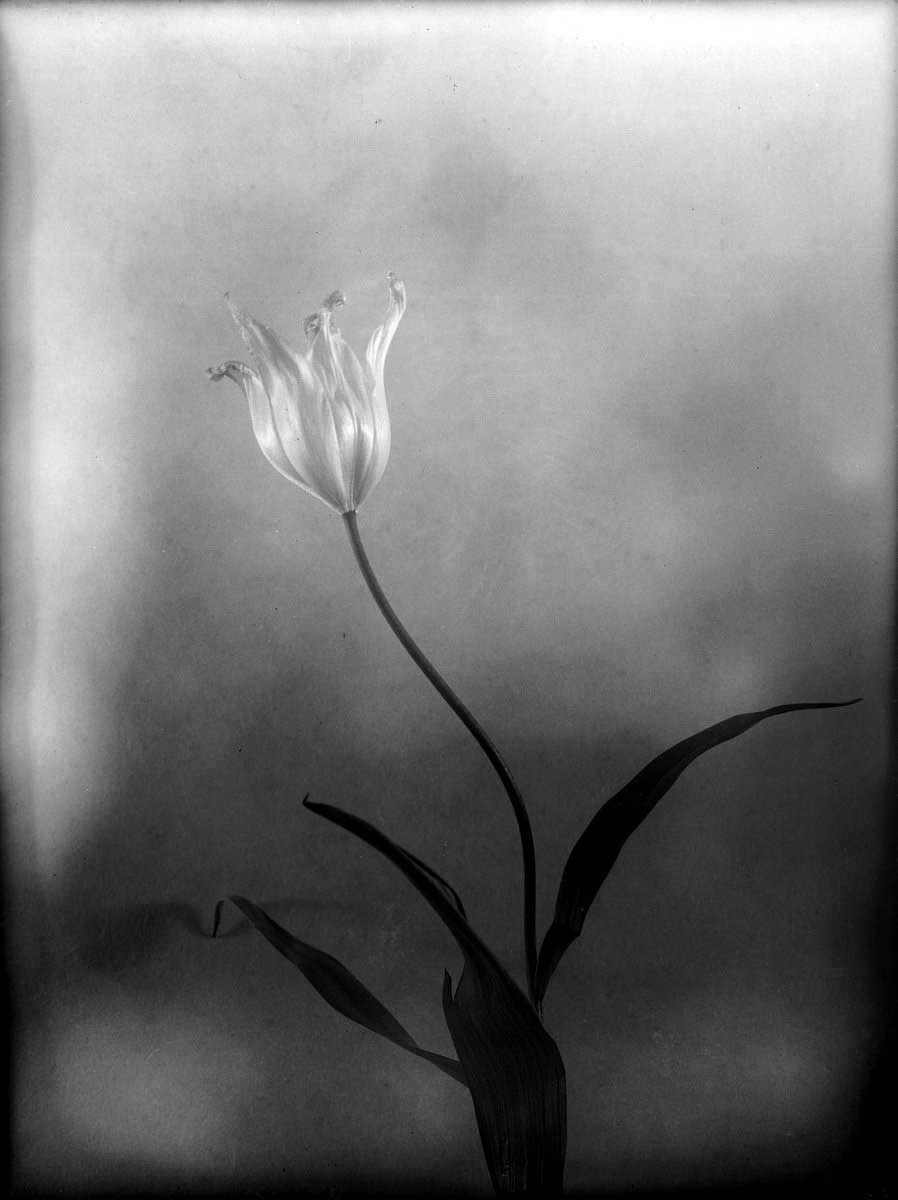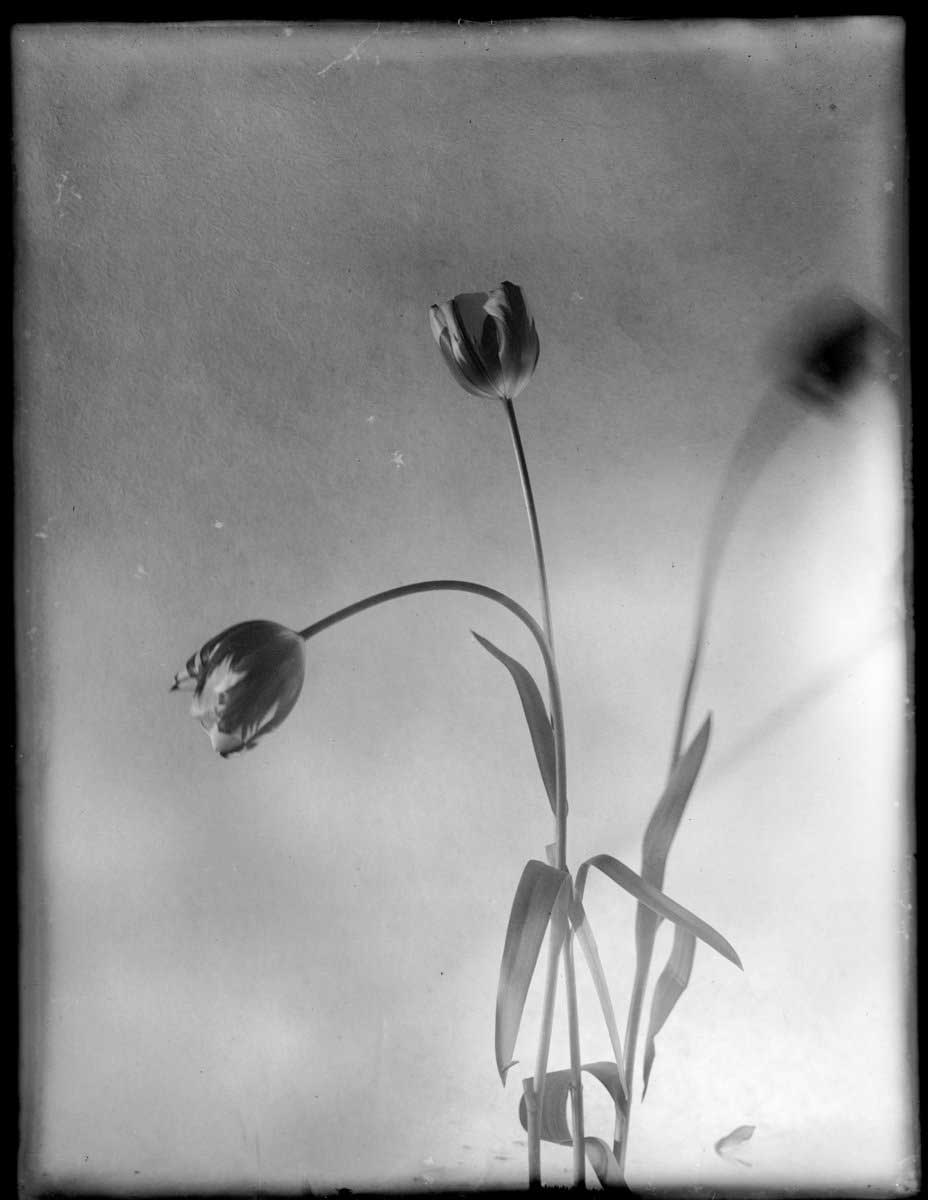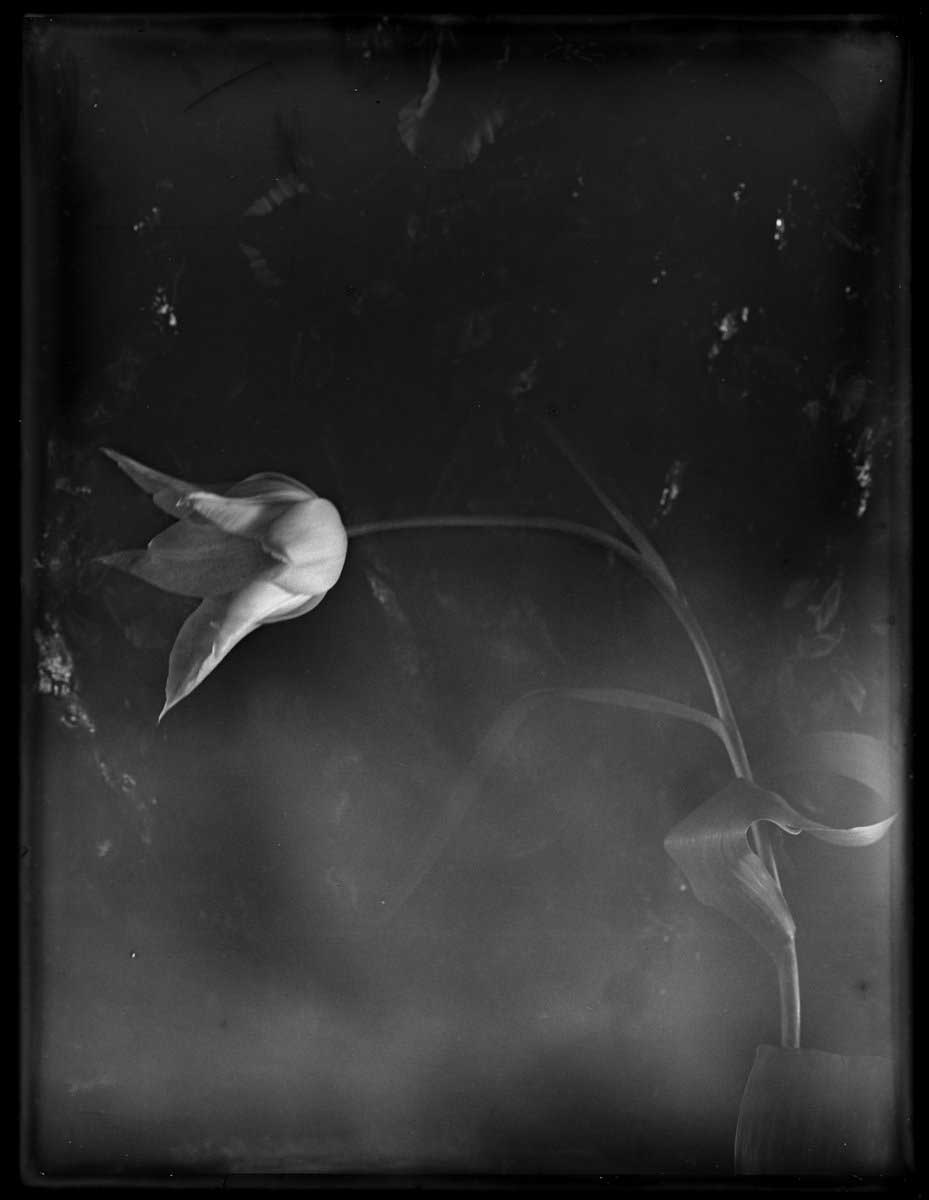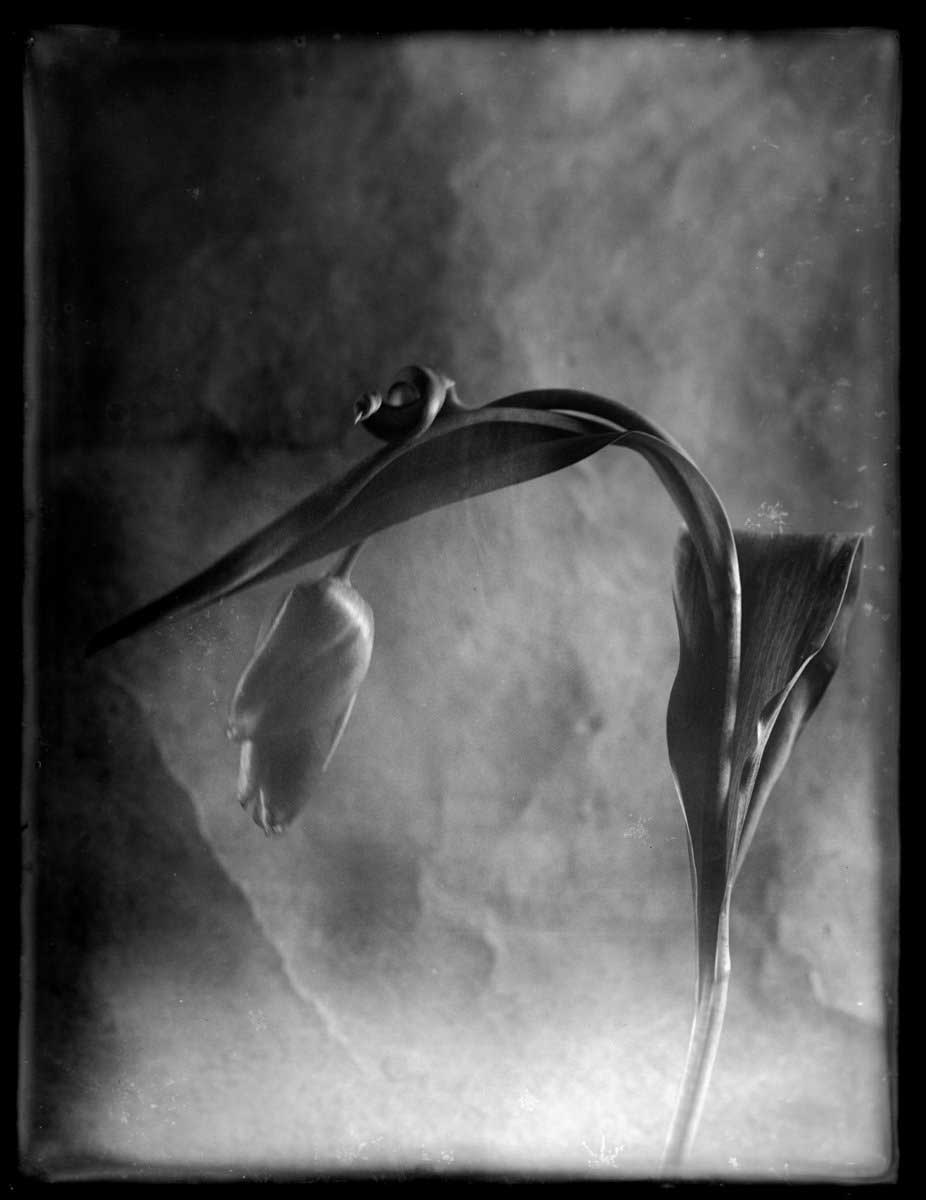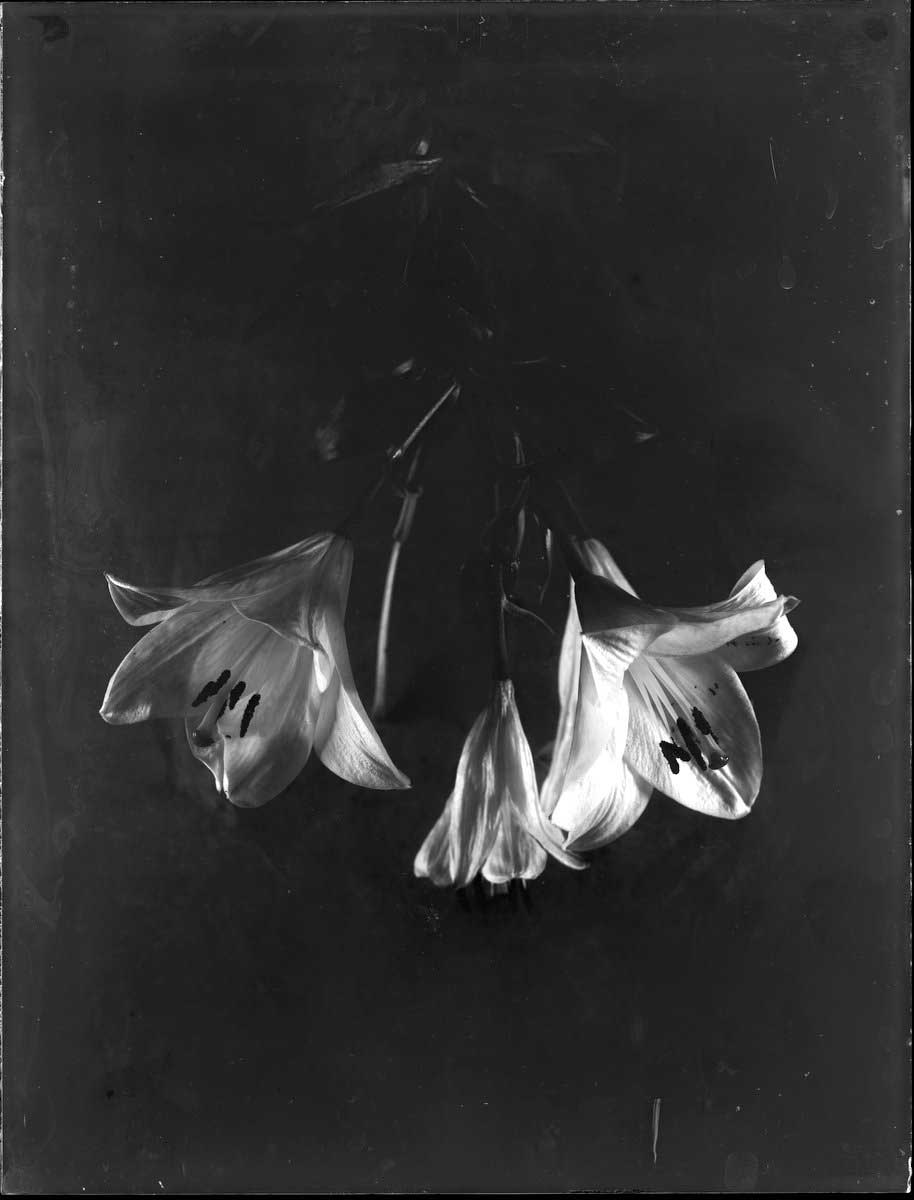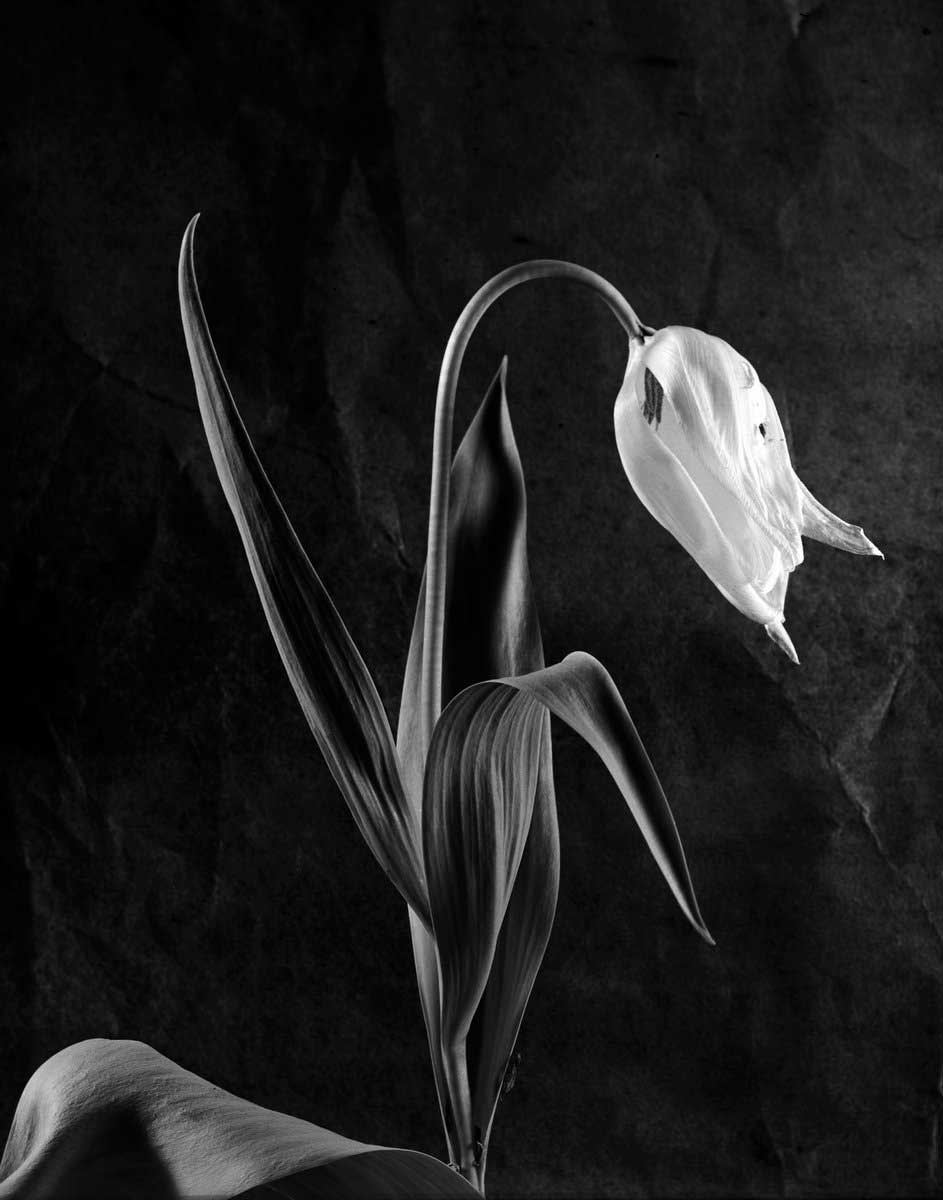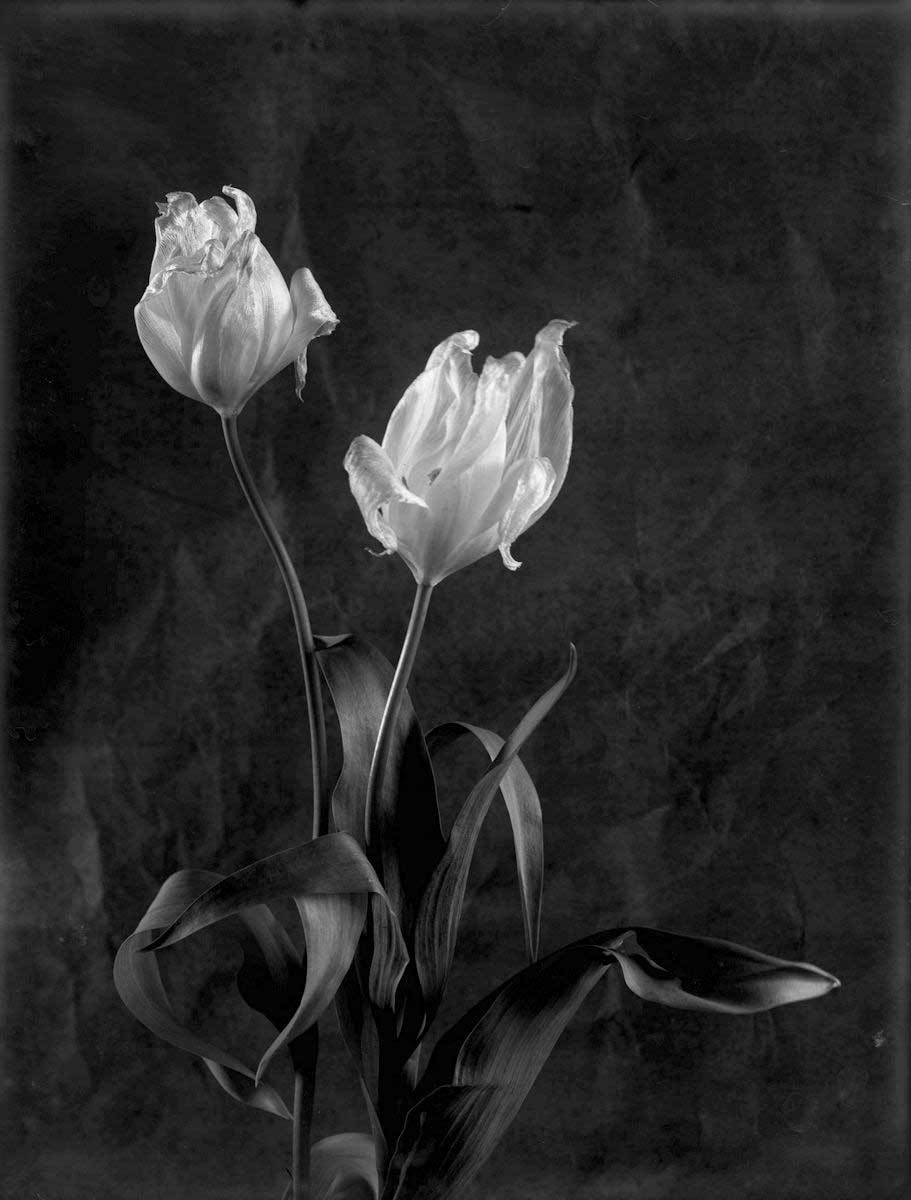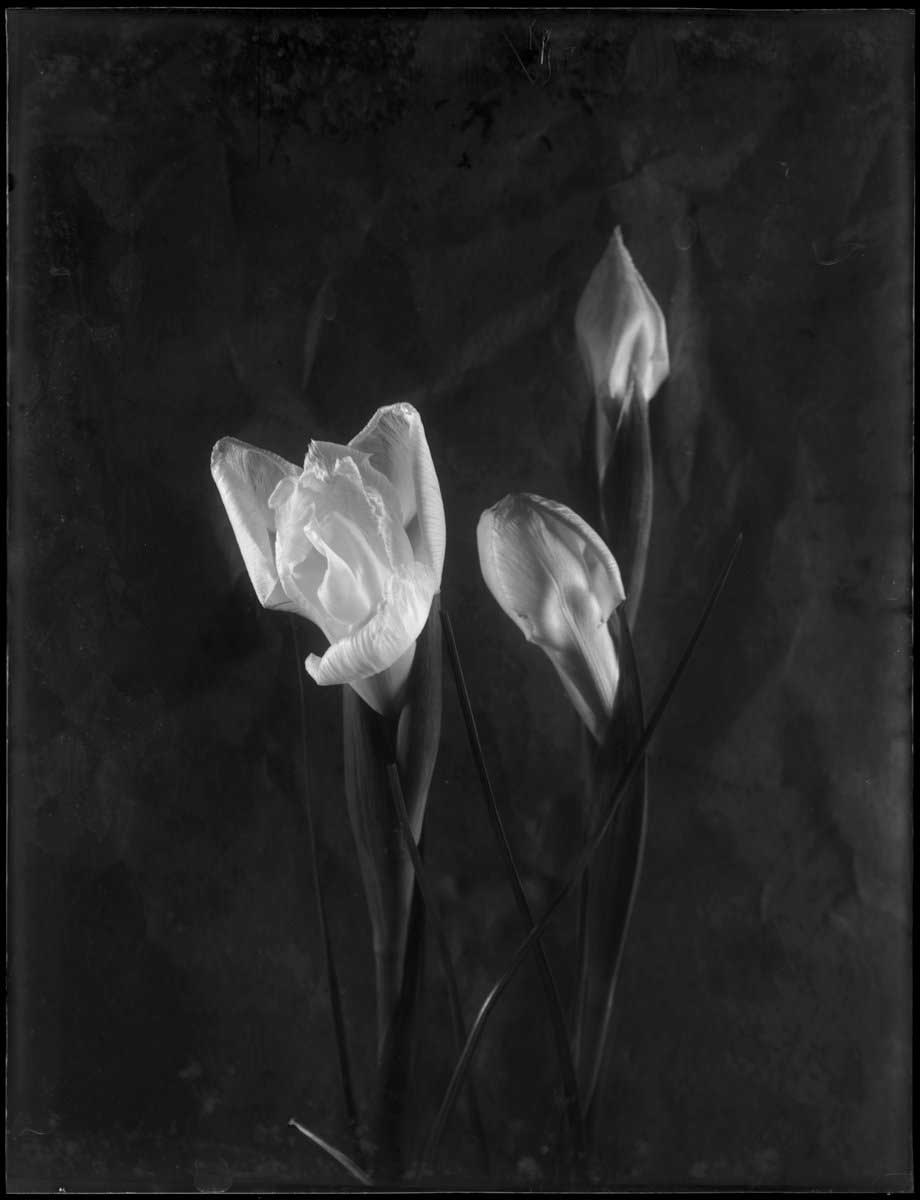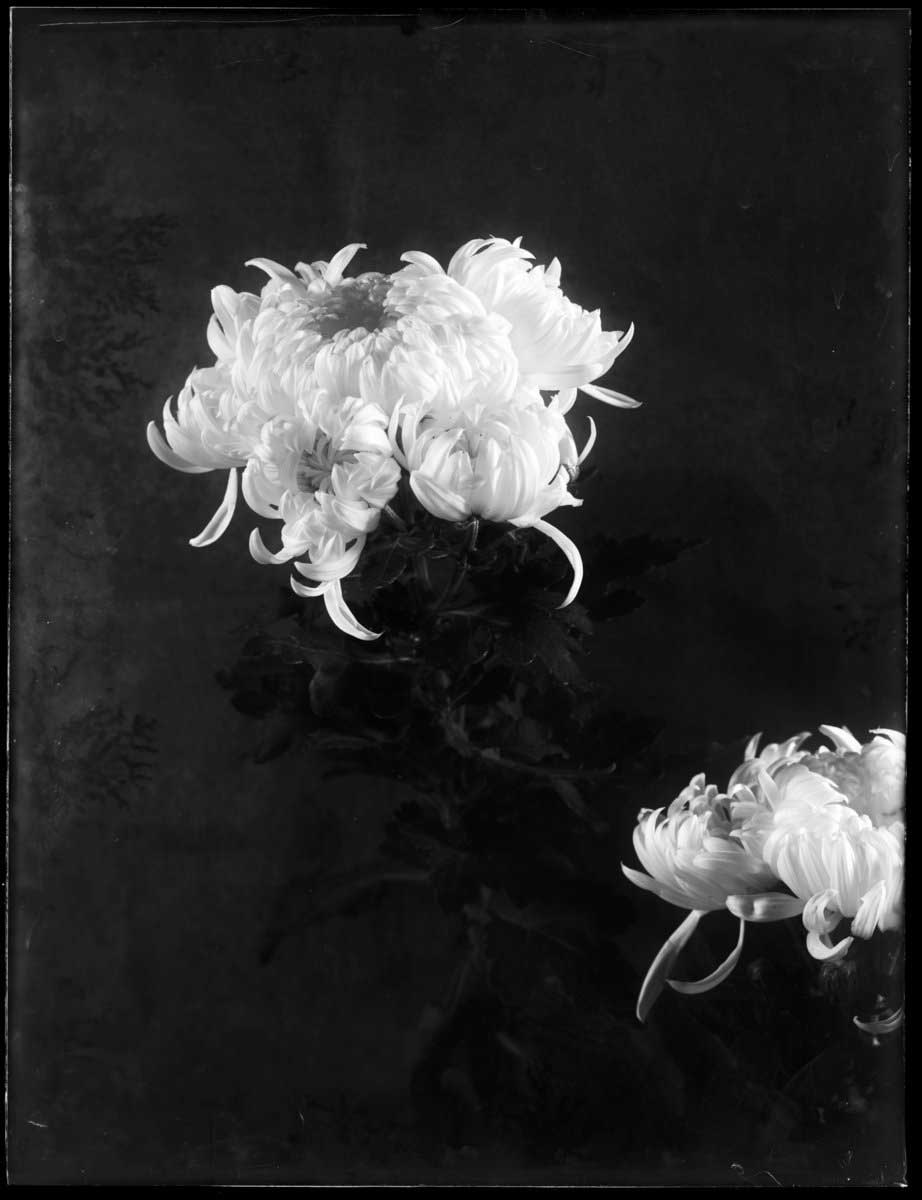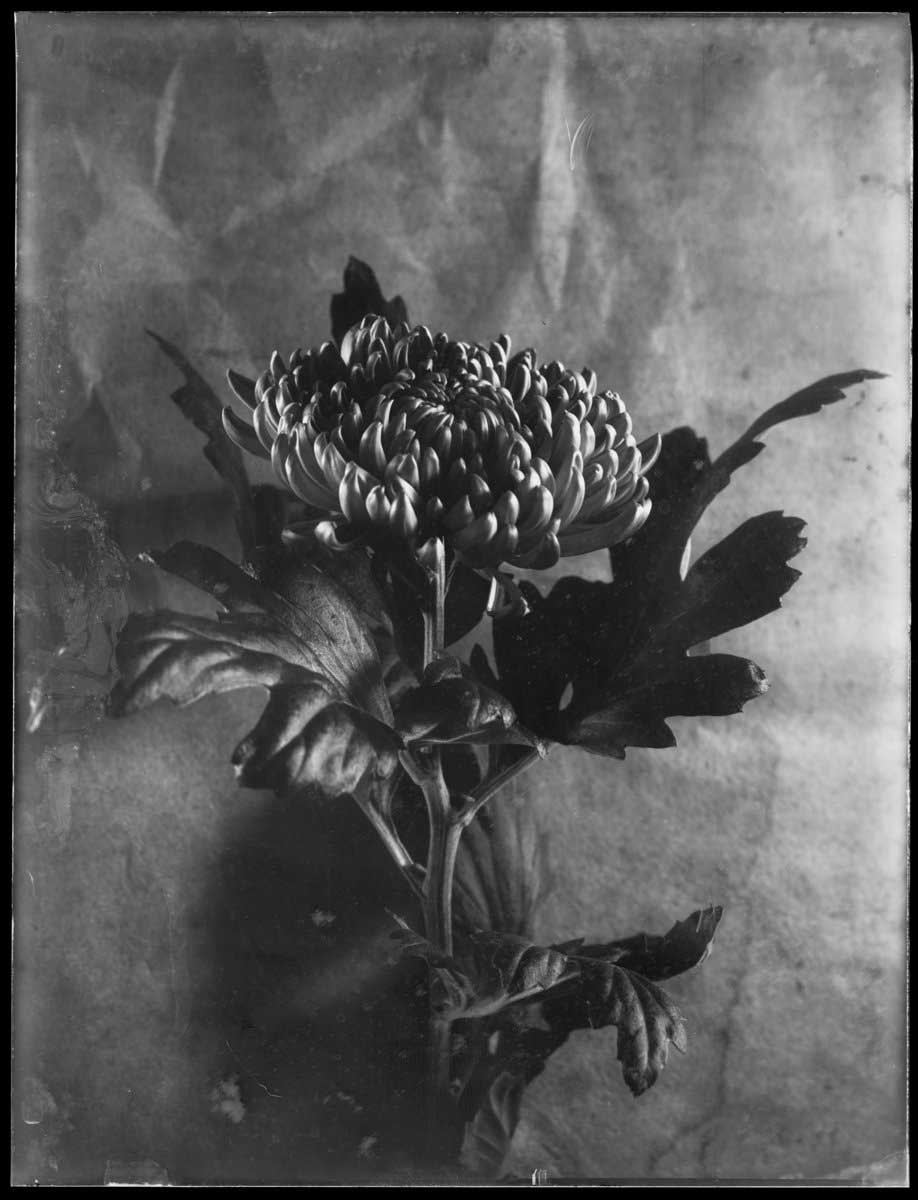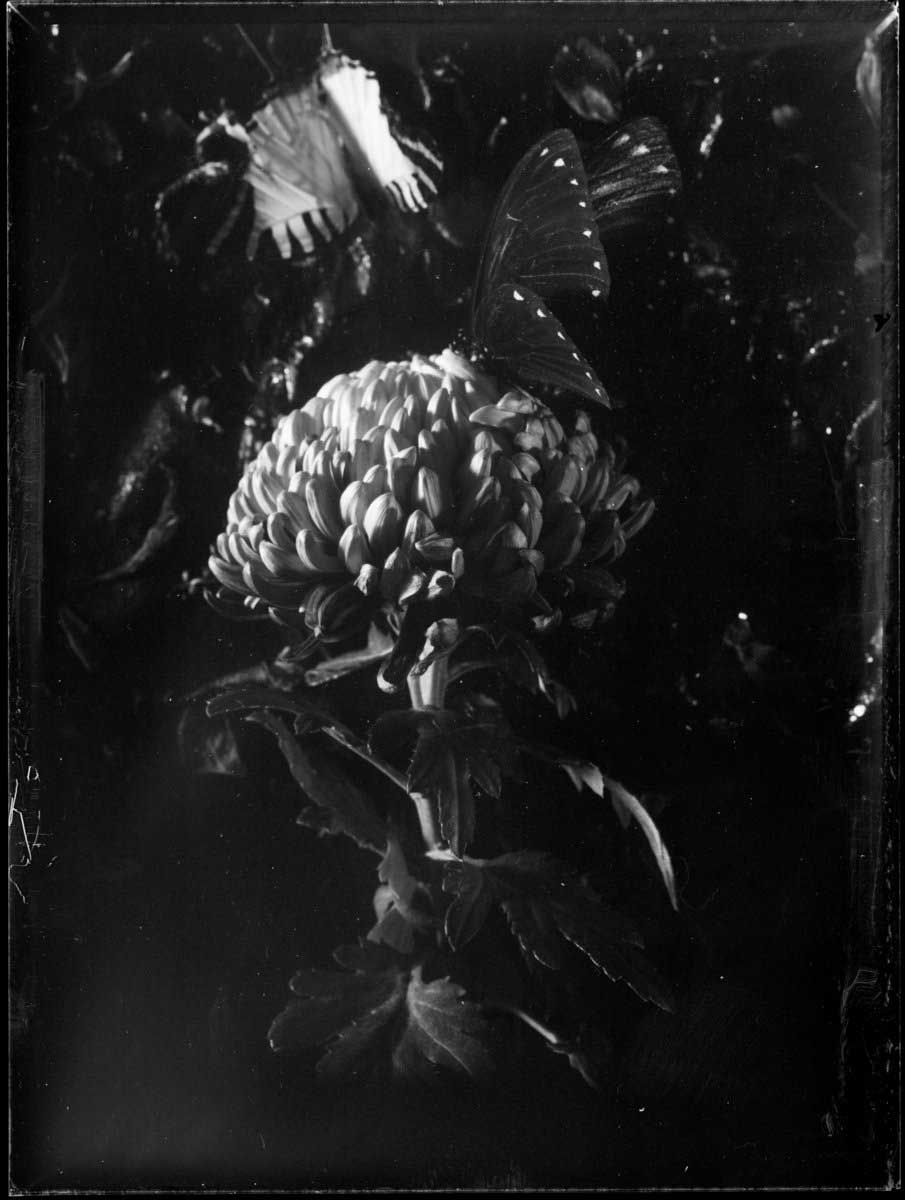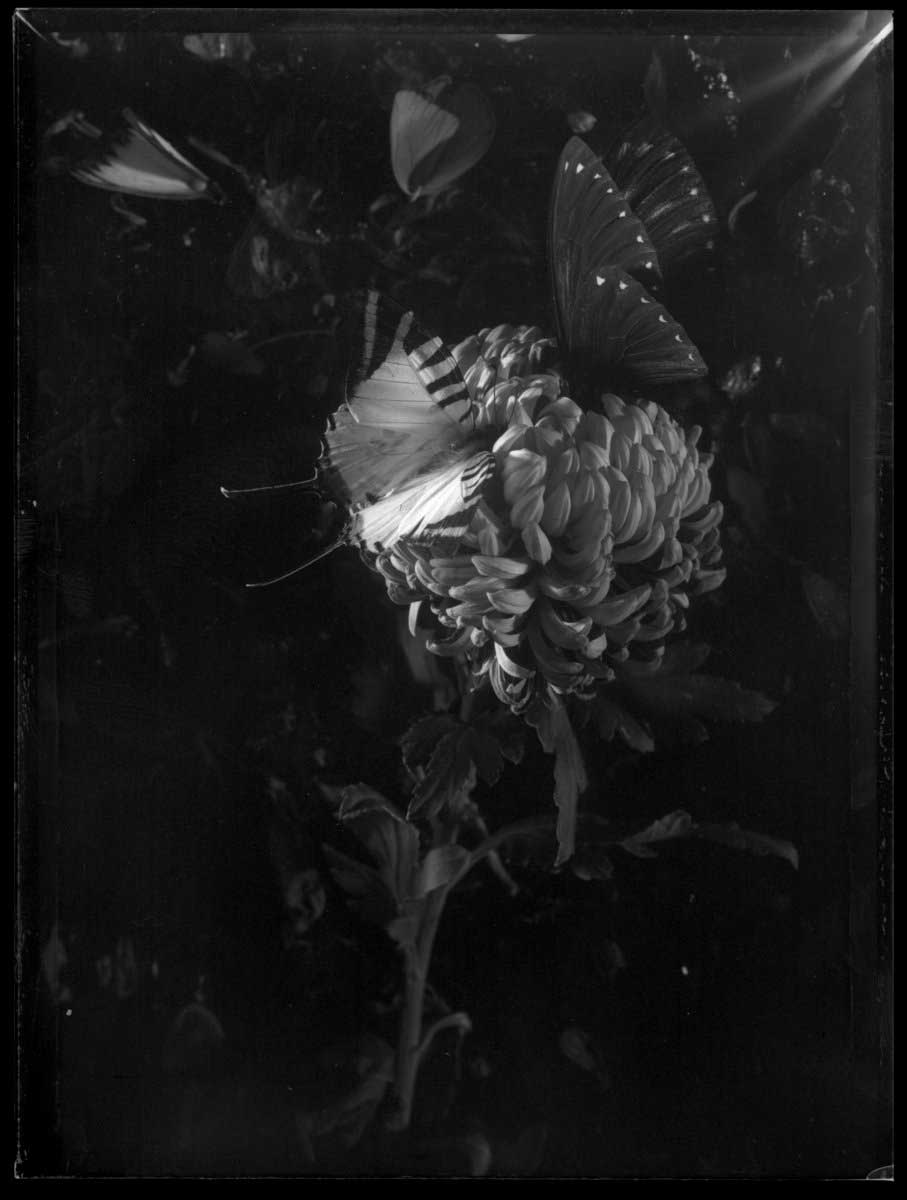Is Beauty a universal language? Why do we respond to Beauty?
What exactly is beautiful? We always fall back on examples; the face of a beautiful girl, but also the lines in the face of a dear friend. But we can never explain why something is beautiful.
All the threads in my work refer to beauty, like the beauty depicted in those Still Lifes of the Dutch Golden Age, where the beauty of a flower was understood as fragile and evanescent. There was the beautiful picture itself telling us about the fleeting of time, the fading of its colors and the memory of the flowers’ prime that shines even when that prime has long been gone. Somehow this past is always there. Beauty reveals a beauty of a past and of a future that we recognize as memory and hope.
Can we find beauty in just anything? Do we rely on what we learned through the ages? One of the most fascinating searches for beauty (and for that of memory and hope and understanding) for me, can be found in the self-portraits of Rembrandt, where every line dives in hidden secrets to be revealed, where chiaro oscuro are there to enlighten en to hide, to reveal a love of life, an aching heart and a pietà with our own fragility.
Tulips have become synonym with elegance from the time of the designs on Iznik pottery through the Still Lifes of Rachel Ruysch. Like roses they stand for vanity too; we all would want to keep their fleeting beauty. But the images that are made of them can be seen as eternal.Their hearts are made of glass, so easily broken as ours in love, so strong they can last forever, with a soul that’s made of light and shadows, like the glass plates on which I took these photographs.
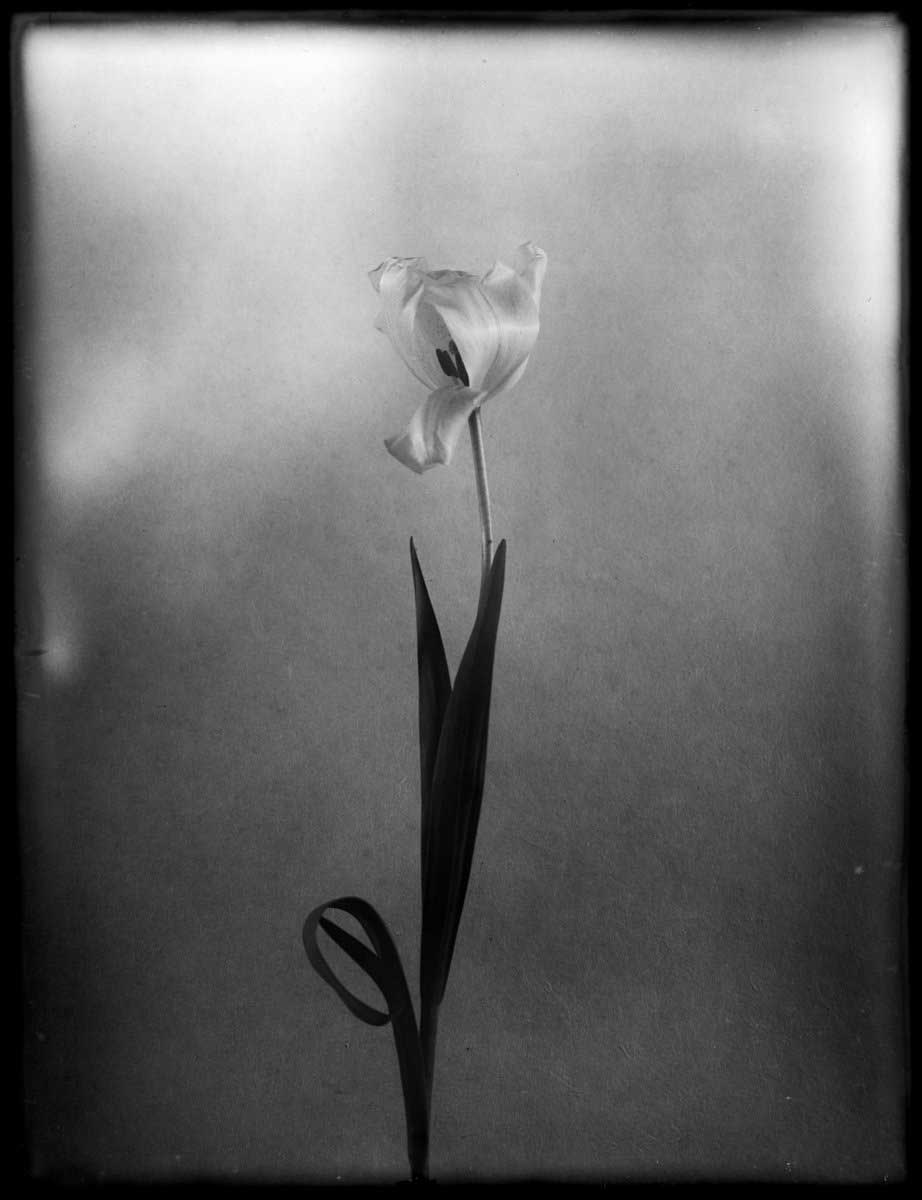
About Margrieta Jeltema
As a child Margrieta used to watch her father in the magical darkroom in the attic of their old house in Slikkerveer. From the windows on the second floor you could look over the ‘dijk’ and imagine the large river and the windmills in the other side; one of the sounds she still hears in her dreams is the low voice of the mist horns the ‘rijnaaks’ used at night.’ In the attic-darkroom she learned how to develop prints with a lot of critical advice from her father; which at that time she didn’t always appreciate! She still has and cherishes her fathers Praktiflex.
She has lived and worked in the Netherlands, Algeria, the Caribbean, Chile and Portugal. During her biology studies with a major in philosophy at Wageningen (the Netherlands), Margrieta started with a variety of studies in bronze casting, painting, etching and ceramics. Her work embraces poetry, sculpture, but her main creative outlet is photography. Only recently has she exhibited her photographic work which until now was kept in boxes or on the walls of her home.
The last few years she has received a number of awards and nominations in the International Photographic Awards (IPA fine art, nature, deeper perspective and portraiture awards), Px3, Black and White Spider Awards, International Color Awards, Canon Creative Asia Awards, International Aperture Awards, WPGA, Gammelgaard Monochrome, Prix de la Découverte, London Photographic Society (portrait) award. She was a finalist in the black+white photographer of the year (2015) awards. She has been published several times in the Black&White Photography magazine. [Official Website]
